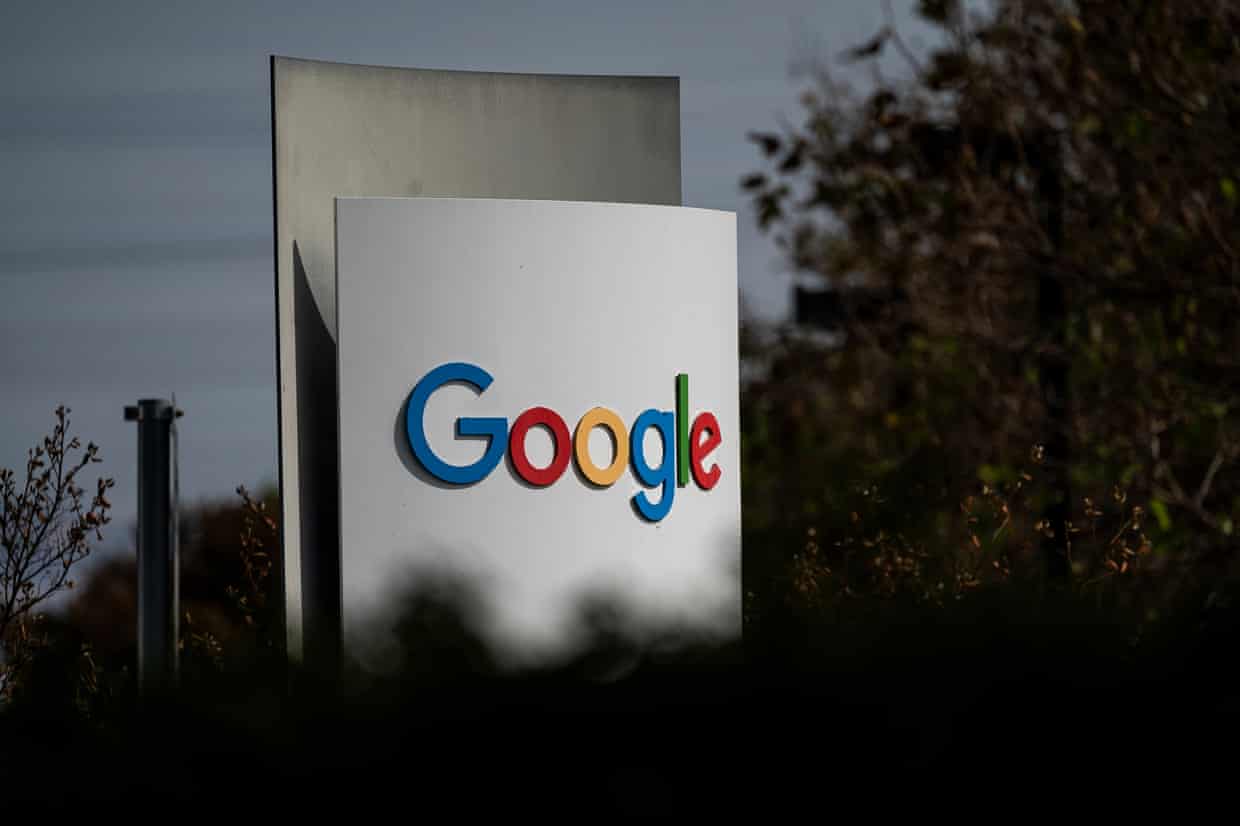Bloomberg/Getty Images
Alphabet’s Google illegally dominated two markets for online advertising technology, a judge ruled on Thursday, dealing another blow to the tech giant and paving the way for US antitrust prosecutors to seek a breakup of its advertising products.The US district judge Leonie Brinkema in Alexandria, Virginia, found Google liable for “willfully acquiring and maintaining monopoly power” in markets for publisher ad servers……..Continue reading….
By: Reuters
Source: The Guardian
.
Critics:
In economics, the idea of monopolies is important in the study of management structures, which directly concerns normative aspects of economic competition, and provides the basis for topics such as industrial organization and economics of regulation. There are four basic types of market structures in traditional economic analysis: perfect competition, monopolistic competition, oligopoly and monopoly.
A monopoly is a structure in which a single supplier produces and sells a given product or service. If there is a single seller in a certain market and there are no close substitutes for the product, then the market structure is that of a “pure monopoly”. Sometimes, there are many sellers in an industry or there exist many close substitutes for the goods being produced, but nevertheless, companies retain some market power. This is termed “monopolistic competition”, whereas in an oligopoly, the companies interact strategically.
In general, the main results from this theory compare the price-fixing methods across market structures, analyze the effect of a certain structure on welfare, and vary technological or demand assumptions in order to assess the consequences for an abstract model of society. Most economic textbooks follow the practice of carefully explaining the “perfect competition” model, mainly because this helps to understand departures from it (the so-called “imperfect competition” models).
The boundaries of what constitutes a market and what does not are relevant distinctions to make in economic analysis. In a general equilibrium context, a good is a specific concept including geographical and time-related characteristics. Most studies of market structure relax a little their definition of a good, allowing for more flexibility in the identification of substitute goods.
A monopoly has at least one of these five characteristics:
- Profit maximizer: monopolists will choose the price or output to maximise profits at where MC=MR.This output will be somewhere over the price range, where demand is price elastic. If the total revenue is higher than total costs, the monopolists will make abnormal profits.
- Price maker: Decides the price of the good or product to be sold, but does so by determining the quantity in order to demand the price desired by the firm.
- High barriers to entry: Other sellers are unable to enter the market of the monopoly.
- Single seller: In a monopoly, there is one seller of the good, who produces all the output. Therefore, the whole market is being served by a single company, and for practical purposes, the company is the same as the industry.
- Price discrimination: A monopolist can change the price or quantity of the product. They sell higher quantities at a lower price in a very elastic market, and sell lower quantities at a higher price in a less elastic market.
Market power can be estimated with Lerner index. High profit margins might be caused by different factors, such as risk premiums or monopoly profits. While monopoly and perfect competition represent the extremes of market structures there is some similarity. The cost functions are the same. Both monopolies and perfectly competitive (PC) companies minimize cost and maximize profit. The shutdown decisions are the same. Both are assumed to have perfectly competitive factors markets. There are distinctions; some of the most important are as follows:
- Marginal revenue and price: In a perfectly competitive market, price equals marginal cost. In a monopolistic market, however, price is set above marginal cost. The price equal marginal revenue in this case.
- Product differentiation: There is no product differentiation in a perfectly competitive market. Every product is perfectly homogeneous and a perfect substitute for any other. With a monopoly, there is great to absolute product differentiation in the sense that there is no available substitute for a monopolized good. The monopolist is the sole supplier of the good in question. A customer either buys from the monopolizing entity on its terms or does without.
- Number of competitors: PC markets are populated by a large number of buyers and sellers. A monopoly involves a single seller.
- Barriers to entry: Barriers to entry are factors and circumstances that prevent entry into market by would-be competitors and limit new companies from operating and expanding within the market. PC markets have free entry and exit. There are no barriers to entry, or exit competition. Monopolies have relatively high barriers to entry. The barriers must be strong enough to prevent or discourage any potential competitor from entering the market.
- Elasticity of demand: The price elasticity of demand is the percentage change of demand caused by a one percent change of relative price. A successful monopoly would have a relatively inelastic demand curve. A low coefficient of elasticity is indicative of effective barriers to entry. A PC company has a perfectly elastic demand curve. The coefficient of elasticity for a perfectly competitive demand curve is infinite.
- Excess profits: Excess or positive profits are profit more than the normal expected return on investment. A PC company can make excess profits in the short term but excess profits attract competitors, which can enter the market freely and decrease prices, eventually reducing excess profits to zero. A monopoly can preserve excess profits because barriers to entry prevent competitors from entering the market.
- Profit maximization: A PC company maximizes profits by producing such that price equals marginal costs. A monopoly maximises profits by producing where marginal revenue equals marginal costs.






Leave a Reply